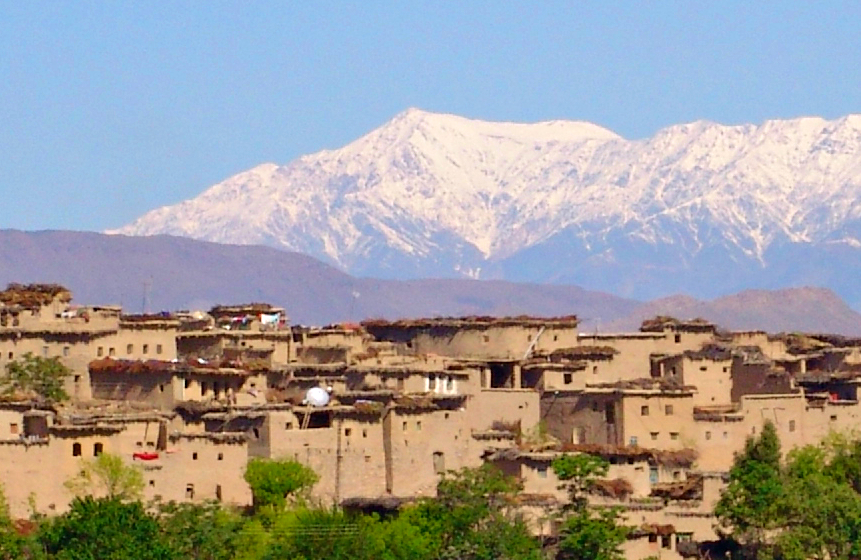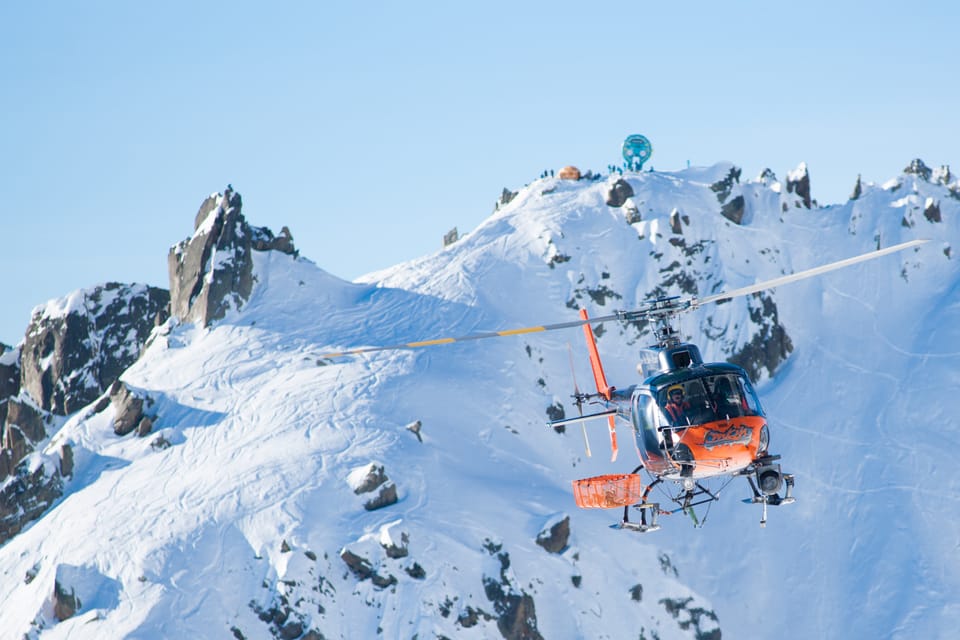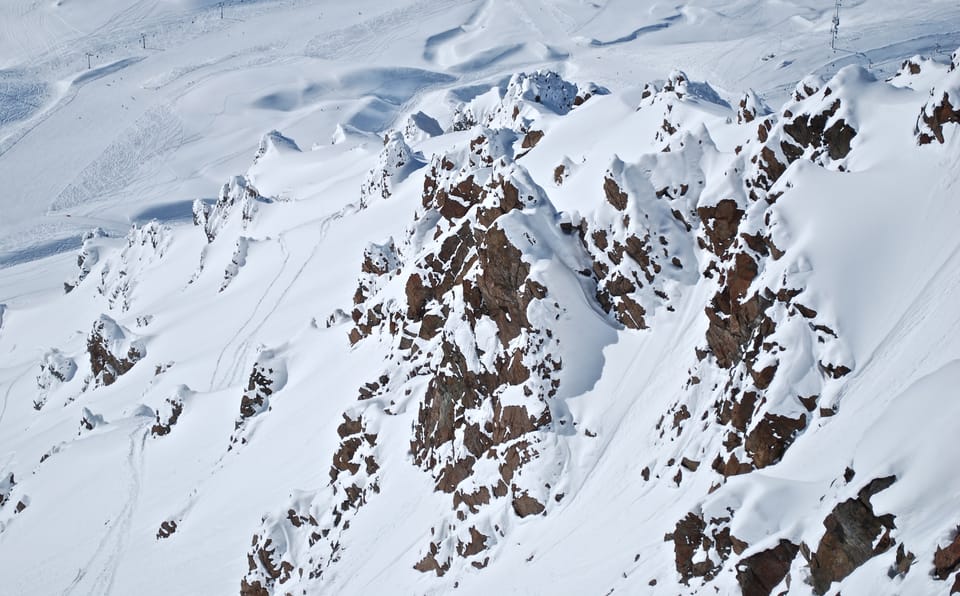Formerly Year Round Snow-Capped Area on the Pakistan – Afghanistan Border No Longer Is

An area of the Hindu Kush range that was formerly snow-capped year-round has lost that distinction according to local reports.
The Koh-i-Sufaid mountain range which straddle the border rising as high as 4,761 metres forming a natural 160km long barrier between Pakistan and Afghanistan have been permanently snow clad throughout known human history.
The mountains are known in the local dialect as “white mountain” and historic poems refer to the eternally white mountains.
“The mountains remained snow covered throughout the year, but now for the last several years the hills turn black from white in summer season thus reflecting changes in weather,” a journalist based in the local city of Parachinar has reported.
The 42 year old recalls the city being brought to a standstill by heavy winter snow in his childhood, people stockpiling food for the winter and the mountains being impassable.

Mount Sikaram, the highest mountain in the region, photographed in 2006.
This is no longer the case. However disputes have arisen over summer water supplies as the formerly abundant meltwater no longer materialises and former rice fields have had to be given over to less lucrative crops that require less water. The former rice crop was a valuable resource as people believed the taste provided by glacial melt water was better, and healthier, so it attracted a higher price.
“The reason behind reduction in snow on Koh-e-Sufaid is global warming causing glacial melting,” the local director of the region’s meteorological department confirmed to local media source APP, adding that the snowfall period has reduced from seven months (October to April) 25 years ago to three months (December to late February) now.




